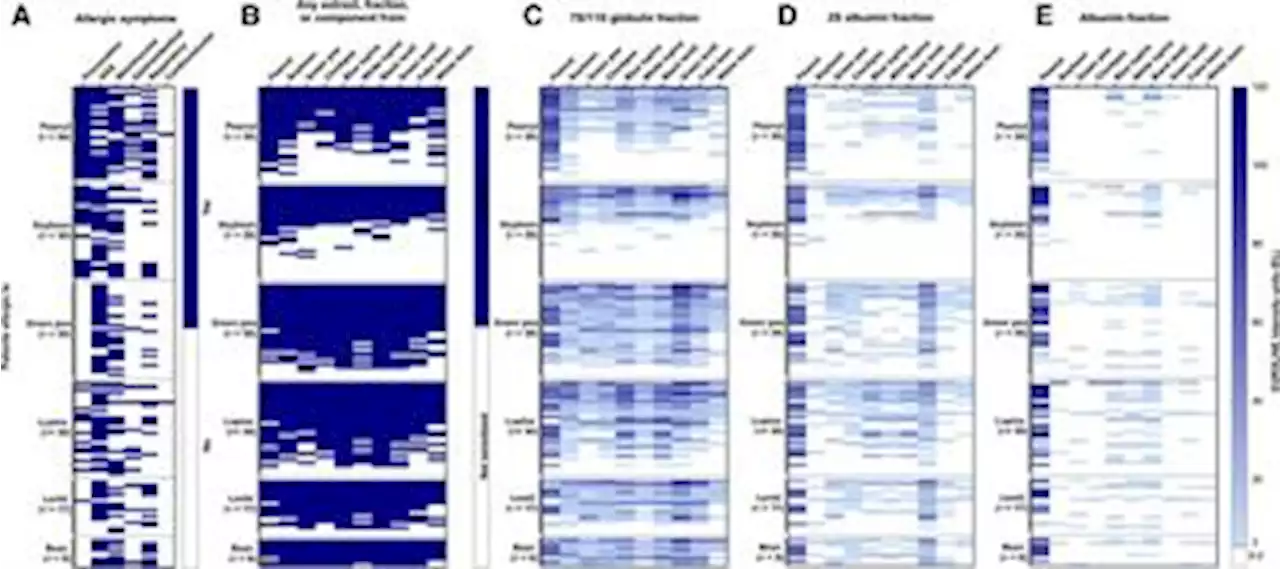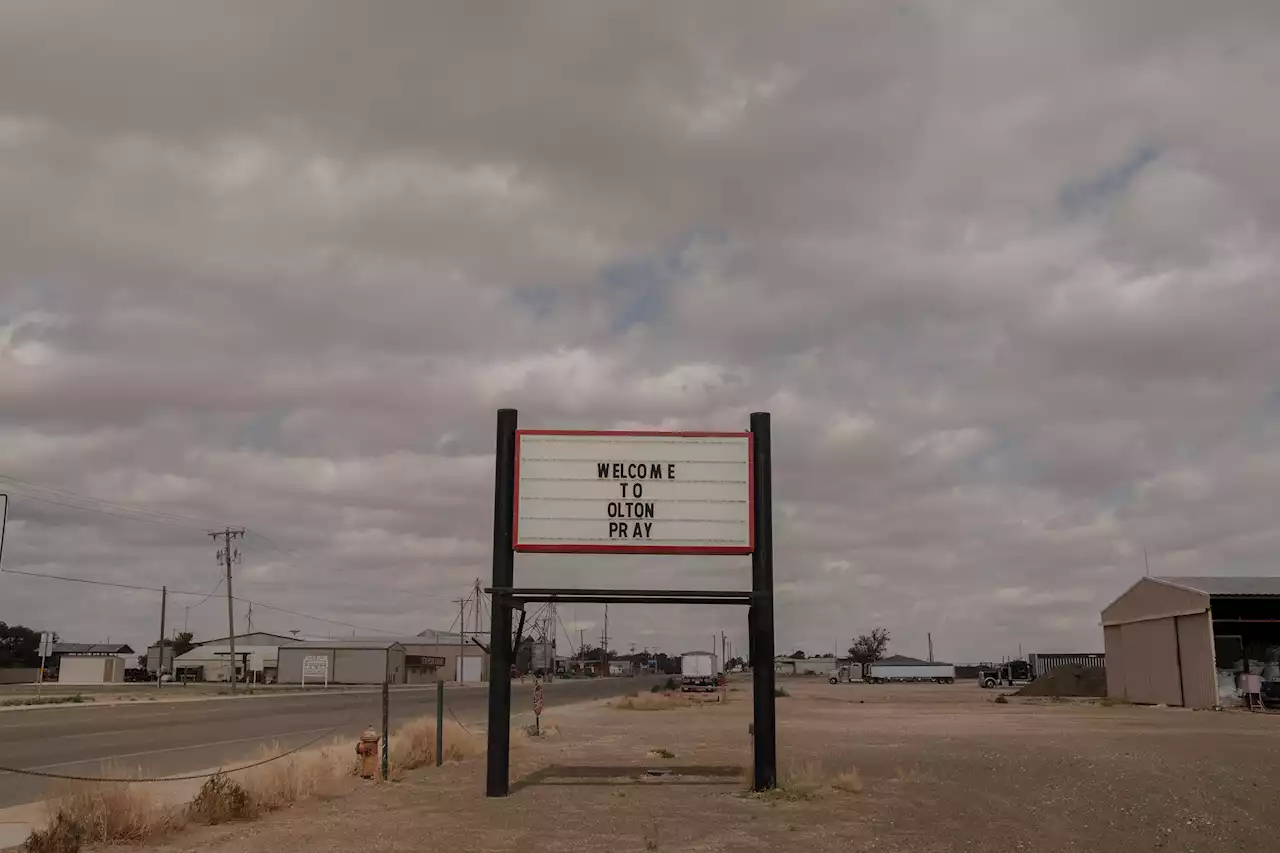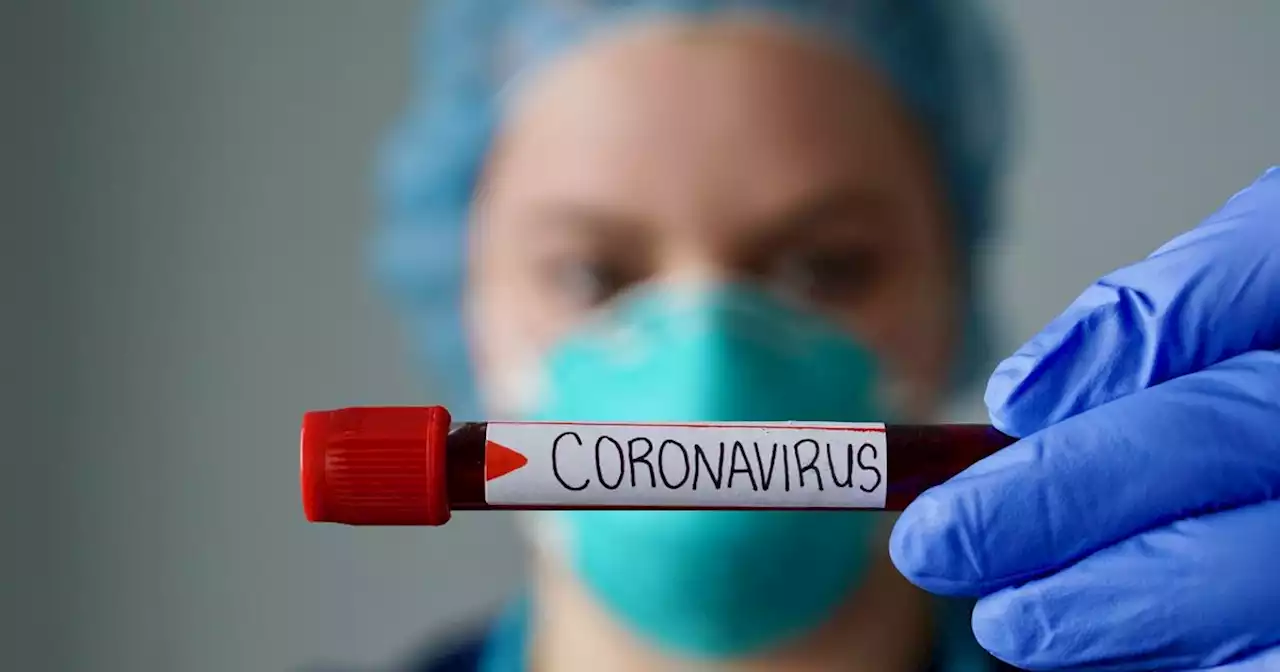Dangerous hitchhikers: Visualizing how we spread COVID-19 within our homes uoftsukuba
Institute of Social Simulation, Waseda University, Tokyo, JapanAdvanced Analytical Science Research Laboratories, Research and Development Headquarters, Lion Corporation, Tokyo, Japan
Other factors that contribute to the spread of infection include bringing the virus from outside sources, such as schools and workplaces, and the increased risk of infection in the home from family members who are forced to receive isolated care at home after infection due to medical tightness. The analysis of COVID-19 infections in Germany reported by the Max Planck Institute showed that the timing of official interventions implemented by the government and the point of change in the spread of infection can be detected from the number of infected persons and intervention data. The model then showed that the exponential increase in infection resumes as soon as the intervention is lifted, such as curfew restrictions or store closures.
United Kingdom Latest News, United Kingdom Headlines
Similar News:You can also read news stories similar to this one that we have collected from other news sources.
 Frontiers | Co-sensitization between legumes is frequently seen, but variable and not always clinically relevantBackground: Food allergy to peanut and soybean, both legumes, is highly prevalent. The consumption of other legumes and legume protein isolates, some of which may be considered novel foods, is increasing. This may lead to an increase in sensitization and allergy and may pose a risk for legume-allergic (e.g. peanut and soybean) patients due to cross-reactivity. Objective: This study investigated the frequency of co-sensitization and co-allergy between legumes and the role of different protein families. Methods: Six legume-allergic patient groups were included: peanut (n=30), soybean (n=30), lupine (n=30), green pea (n=30), lentil (n=17), bean (n=9). IgE binding to total extracts, protein fractions (7S/11S globulin, 2S albumin, albumin), and 16 individual proteins from 10 legumes (black lentil, blue lupine, chickpea, faba bean, green lentil, pea, peanut, soybean, white bean, and white lupine) was measured by line blot Results: Co-sensitization varied from 36.7% to 100%. Mono-sensitization was only found in soybean (16.7%), peanut (10%), and green pea-allergic (3.3%) patients. A high frequency of co-sensitization between the 7S/11S globulin fractions of all 10 legumes and individual 7S and 11S globulins was observed. In peanut and soybean-allergic patients, co-allergies for other legumes were uncommon (≤16,7%), while in green pea, lupine, lentil, and bean-allergic patients co-allergy for peanut (64.7%-77.8%) or soybean (50%-64.7%) was frequently seen. Conclusion: Co-sensitization between legumes was high, but generally not clinically relevant. Co-allergy to other legumes was not often seen in peanut- and soybean allergic patients. The 7S and 11S globulins were likely responsible for the observed co-sensitization.
Frontiers | Co-sensitization between legumes is frequently seen, but variable and not always clinically relevantBackground: Food allergy to peanut and soybean, both legumes, is highly prevalent. The consumption of other legumes and legume protein isolates, some of which may be considered novel foods, is increasing. This may lead to an increase in sensitization and allergy and may pose a risk for legume-allergic (e.g. peanut and soybean) patients due to cross-reactivity. Objective: This study investigated the frequency of co-sensitization and co-allergy between legumes and the role of different protein families. Methods: Six legume-allergic patient groups were included: peanut (n=30), soybean (n=30), lupine (n=30), green pea (n=30), lentil (n=17), bean (n=9). IgE binding to total extracts, protein fractions (7S/11S globulin, 2S albumin, albumin), and 16 individual proteins from 10 legumes (black lentil, blue lupine, chickpea, faba bean, green lentil, pea, peanut, soybean, white bean, and white lupine) was measured by line blot Results: Co-sensitization varied from 36.7% to 100%. Mono-sensitization was only found in soybean (16.7%), peanut (10%), and green pea-allergic (3.3%) patients. A high frequency of co-sensitization between the 7S/11S globulin fractions of all 10 legumes and individual 7S and 11S globulins was observed. In peanut and soybean-allergic patients, co-allergies for other legumes were uncommon (≤16,7%), while in green pea, lupine, lentil, and bean-allergic patients co-allergy for peanut (64.7%-77.8%) or soybean (50%-64.7%) was frequently seen. Conclusion: Co-sensitization between legumes was high, but generally not clinically relevant. Co-allergy to other legumes was not often seen in peanut- and soybean allergic patients. The 7S and 11S globulins were likely responsible for the observed co-sensitization.
Read more »
 Frontiers | The impact on physical performance, pain and psychological wellbeing of chronic low back pain patients during 12-weeks of equine- facilitated therapy interventionEquine - Facilitated Therapy (EFT), an equine environment, and horses themselves can meet many physical and mental health needs beyond diagnostic categories. The horse´s ability to produce a walk-like movement and the participant´s ability to connect to non-judgemental living creatures, both of which can benefit participation and construct a positive self-image for chronic pain patients. The objective of this study is to evaluate the impact of EFT on perceived physical performance, level of pain, pain acceptance, depression and anxiety, and quality of life within a 12-week intervention for chronic low back pain (LBP) patients. Twenty-two LBP patients received EFT led by physical therapists as part of the public health services. A mixed method design combining quantitative and qualitative methods was employed to detect the outcome of the intervention. The data were collected via questionnaires, interviews, and patient data repositories. An interview was voluntary for participants and included questions of one´s health, visits to the pain clinic during six months and an open-ended question about the intervention. The coding of the data was completed independently by two persons using thematizing. The welfare of the attending horses was taken into consideration in basic training and for the research setting. Statistical analysis and paired t-tests detected the changes during a 12-week intervention. The results suggest a significant increase in Canadian Occupational Performance Measure (COPM) levels of satisfaction with self-selected performances. The Raitasalo´s version of Beck´s Depression Inventory (RBDI) level of anxiety and Chronic Pain Acceptance Questionnaire (CPAQ ) did not change, whereas a decline in the amount of perceived RBDI depression was found combined with increased levels of SF-36 Mental Change Scores and COPM satisfaction with performance. Only two of the 22 participants returned with reoccurring symptoms after six months to the pain clinic. The parti
Frontiers | The impact on physical performance, pain and psychological wellbeing of chronic low back pain patients during 12-weeks of equine- facilitated therapy interventionEquine - Facilitated Therapy (EFT), an equine environment, and horses themselves can meet many physical and mental health needs beyond diagnostic categories. The horse´s ability to produce a walk-like movement and the participant´s ability to connect to non-judgemental living creatures, both of which can benefit participation and construct a positive self-image for chronic pain patients. The objective of this study is to evaluate the impact of EFT on perceived physical performance, level of pain, pain acceptance, depression and anxiety, and quality of life within a 12-week intervention for chronic low back pain (LBP) patients. Twenty-two LBP patients received EFT led by physical therapists as part of the public health services. A mixed method design combining quantitative and qualitative methods was employed to detect the outcome of the intervention. The data were collected via questionnaires, interviews, and patient data repositories. An interview was voluntary for participants and included questions of one´s health, visits to the pain clinic during six months and an open-ended question about the intervention. The coding of the data was completed independently by two persons using thematizing. The welfare of the attending horses was taken into consideration in basic training and for the research setting. Statistical analysis and paired t-tests detected the changes during a 12-week intervention. The results suggest a significant increase in Canadian Occupational Performance Measure (COPM) levels of satisfaction with self-selected performances. The Raitasalo´s version of Beck´s Depression Inventory (RBDI) level of anxiety and Chronic Pain Acceptance Questionnaire (CPAQ ) did not change, whereas a decline in the amount of perceived RBDI depression was found combined with increased levels of SF-36 Mental Change Scores and COPM satisfaction with performance. Only two of the 22 participants returned with reoccurring symptoms after six months to the pain clinic. The parti
Read more »
 Decimated by COVID-19, A Texas County Struggles to Move OnNearly one out of every 100 people living in Lamb County, Texas, died of COVID-19—one of the highest death rates in the nation. In this county, there's no such thing as moving on from COVID-19
Decimated by COVID-19, A Texas County Struggles to Move OnNearly one out of every 100 people living in Lamb County, Texas, died of COVID-19—one of the highest death rates in the nation. In this county, there's no such thing as moving on from COVID-19
Read more »
 Healey Announces End to COVID Public Health Emergency in Mass. on May 11The Healey administration will lift the state’s modified COVID-19 public health emergency effective May 11, and Gov. Maura Healey on that day also plans to walk back a vaccine mandate for tens of thousands of executive branch workers. Healey’s office announced Wednesday morning it plans to end the state-level public health emergency in alignment with the May 11 end of…
Healey Announces End to COVID Public Health Emergency in Mass. on May 11The Healey administration will lift the state’s modified COVID-19 public health emergency effective May 11, and Gov. Maura Healey on that day also plans to walk back a vaccine mandate for tens of thousands of executive branch workers. Healey’s office announced Wednesday morning it plans to end the state-level public health emergency in alignment with the May 11 end of…
Read more »
 Company that made £6million from Covid-19 tests collapses into administrationCompany that made over £6million profit from Covid-19 tests collapses into administration
Company that made £6million from Covid-19 tests collapses into administrationCompany that made over £6million profit from Covid-19 tests collapses into administration
Read more »
 Volunteer guides return to Glasgow Hospitals after Covid-19 hiatusHospital volunteer guides have returned to duty at city hospitals following a three-year hiatus due to COVID-19.
Volunteer guides return to Glasgow Hospitals after Covid-19 hiatusHospital volunteer guides have returned to duty at city hospitals following a three-year hiatus due to COVID-19.
Read more »
